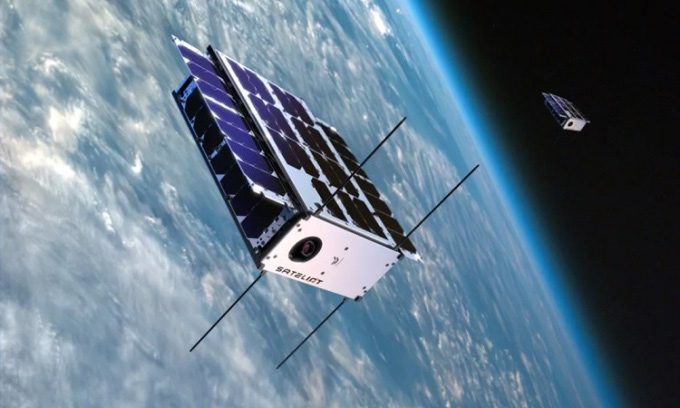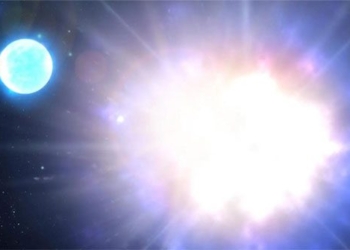The Sateliot “GroundBreaker” is the first satellite in a constellation of over 250 satellites that SpaceX has launched into low Earth orbit, operating under 5G standards.

The Sateliot GroundBreaker satellite operating in Earth’s orbit. (Photo: Sateliot).
Named “The GroundBreaker,” this small data-transmitting satellite (10 kg) is designated as Sateliot_0 and is designed to communicate with mobile towers on the ground, filling gaps in the global data network. The Falcon 9 rocket launched the satellite on April 15 from SpaceX’s launch facility at Vandenberg Space Force Base in California. The company Sateliot, based in Barcelona, Spain, operates The GroundBreaker and the Sateliot_X constellation, viewing technology as an opportunity to access the Internet of Things (IoT) worldwide.
“For the first time in history, terrestrial mobile networks are seamlessly integrating with satellite connectivity, and Sateliot is at the forefront of this revolution,” a company representative stated. “Sateliot aims to fill 85% of the gaps in mobile connectivity across the planet, opening up numerous applications in both the private and public sectors, including road, rail, air, and maritime transport, with the potential to impact the efficiency of hundreds of industries.”
Through IoT connectivity with mobile data networks in orbit and on the ground, Sateliot aims to expand the capabilities of participating devices. Users can switch from terrestrial 5G networks to satellite connectivity without needing to purchase additional hardware such as antennas or modems. They can continue using their current SIM cards and carriers, making the global implementation of IoT networks more accessible.
Sateliot_0 is the company’s first satellite, but as it scales up, each satellite will orbit the Earth every 90 minutes, providing coverage three times the area of the state of Texas. Sateliot has not yet disclosed the launch date or the rocket that will carry the next satellite into orbit. The number of super constellations of satellites expected or currently in development continues to rise. In addition to SpaceX’s renowned Starlink satellites, the European Union and China are also developing their own satellite constellations.





















































